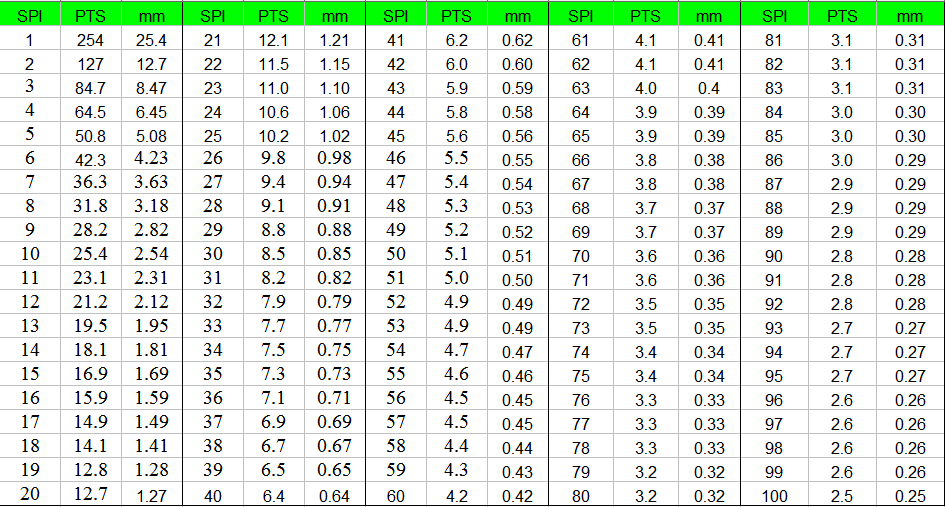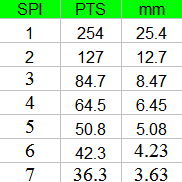🕸️ Stitching Strength: The Rise of Superhero Machine Embroidery in Modern Fashion
From movie screens to embroidery hoops, superheroes are everywhere. Machine embroidery inspired by iconic comic-book heroes has become a creative bridge between fandom and fashion — appealing to both kids and adults who want to wear their favorite symbols of courage, power, and nostalgia.
The Sitting Spiderman and spider embroidery design is a perfect example: playful, dynamic, and instantly recognizable. Let’s explore why superhero embroidery is more than just a trend — it’s a lifestyle statement. 💪✨
🦸♂️ Who Wears Superhero Embroidery?
Superhero-themed embroidery has a surprisingly wide audience. While children’s clothing remains the core market, recent years have seen strong demand among teenagers and even adults.
Age groups that embrace superhero embroidery:
👶 Kids (3–10 years): Favorite heroes like Spider-Man, Batman, and Iron Man dominate T-shirts, hoodies, and caps.
🧑🎓 Teens (11–18 years): Prefer stylized or minimalist superhero motifs on hoodies and streetwear.
👩💼 Adults (20–40 years): Seek subtle, nostalgic references — tonal stitches, sketch-style embroidery, or hero silhouettes.
💬 Designer Insight: “Superhero embroidery gives people a wearable identity — something powerful, familiar, and fun. It’s not just decoration, it’s storytelling.”
🧵 Typical Size and Stitch Count
Superhero embroidery designs vary depending on placement and detail. The Sitting Spiderman and Spider pattern, for example, is compact yet expressive — perfect for hoodie fronts or sleeves.
Type | Average Size | Stitch Count | Ideal Placement |
|---|
Small emblem | 3×3 in (7.5×7.5 cm) | 8,000–12,000 | Sleeve or pocket |
Medium design | 5×7 in (13×18 cm) | 18,000–25,000 | Front chest or center |
Large artwork | 8×10 in (20×25 cm) | 30,000–45,000 | Back of hoodie or jacket |
💡 Embroidery Expert Tip: “Sketch-style embroidery of superheroes offers texture and personality while saving up to 30% on stitches — ideal for fast production.”
🎨 Popular Superhero Embroidery Trends
The superhero embroidery market follows pop culture — and the rise of minimalist, hand-drawn styles makes these designs more elegant and wearable for everyday use.
Current Top Trends:
🕸️ Sketch & Line Art Style: Modern, quick to stitch, and artistically expressive.
💥 Chibi / Cute Heroes: Perfect for kids’ clothing — heroes reimagined in soft cartoon form.
🖤 Monochrome Silhouettes: Popular among adults seeking subtle nods to their fandom.
🎮 Gaming Crossovers: Mixing comic and video-game hero aesthetics for streetwear appeal.
💬 Fashion Designer Opinion: “Superhero embroidery isn’t just loud logos anymore. Subtlety and artfulness are what make it wearable — especially when combined with quality fabrics.”
🪡 Why Superhero Embroidery Works
Machine embroidery adds a unique, tactile dimension that printed graphics can’t replicate. The raised stitches bring life to iconic suits, logos, and masks, while color layering gives the design cinematic depth.
🧵 Durability: Embroidery lasts longer than prints — ideal for active kids.
⚡ Texture: Stitches reflect light differently, enhancing realism.
🎯 Customization: You can mix heroes or add initials for a personal touch.
💬 Embroidery Artist Insight: “The Spider-Man design stitched in red and black looks alive on white or gray fabric — minimal base, maximum impact.”
🔥 Color Choices & Fabrics
To make superhero designs stand out, choose contrasting bases and bold thread tones.
Best combos:
🩶 Light gray hoodie + red/black Spiderman embroidery
🖤 Black hoodie + silver/blue Iron Man outline
🤍 White T-shirt + sketch-style hero in charcoal thread
For long-lasting results, polyester threads are preferred — vibrant and durable, perfect for activewear.
🕷️ Case Study: Sitting Spiderman and Spider Design
This embroidery captures the essence of modern fan fashion: cute, confident, and compact. The sketch-style threadwork adds a handmade charm that contrasts beautifully against minimal backdrops like beige or white cotton.
It’s not just a superhero image — it’s a conversation starter.
💬 Textile Designer Quote: “Designs like this combine childhood nostalgia with streetwear energy. It’s wearable pop art, not just embroidery.”
🚀 Final Thoughts
Superhero machine embroidery has evolved from kids’ novelty to a cross-generational style trend. Whether stitched on hoodies, denim jackets, or tote bags, these designs inspire confidence, creativity, and connection.
The Sitting Spiderman and Spider design proves that with the right stitch density, color balance, and creativity, even heroes can be subtle — yet unforgettable. 🧵💥
🎁 Key Takeaways
Superhero embroidery appeals to all ages — from kids to adults.
Ideal size: 5×7 in (around 20,000 stitches) for balanced detail.
Sketch-style designs save time and thread while looking modern.
Contrast and placement make the design stand out effortlessly.




There are no reviews to display.